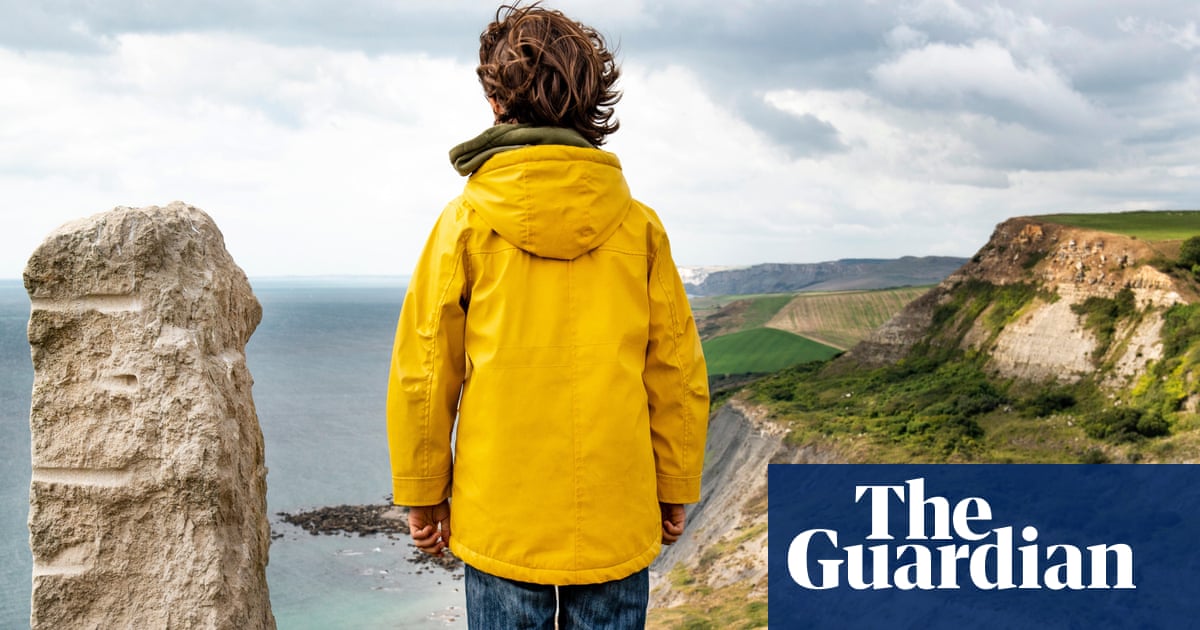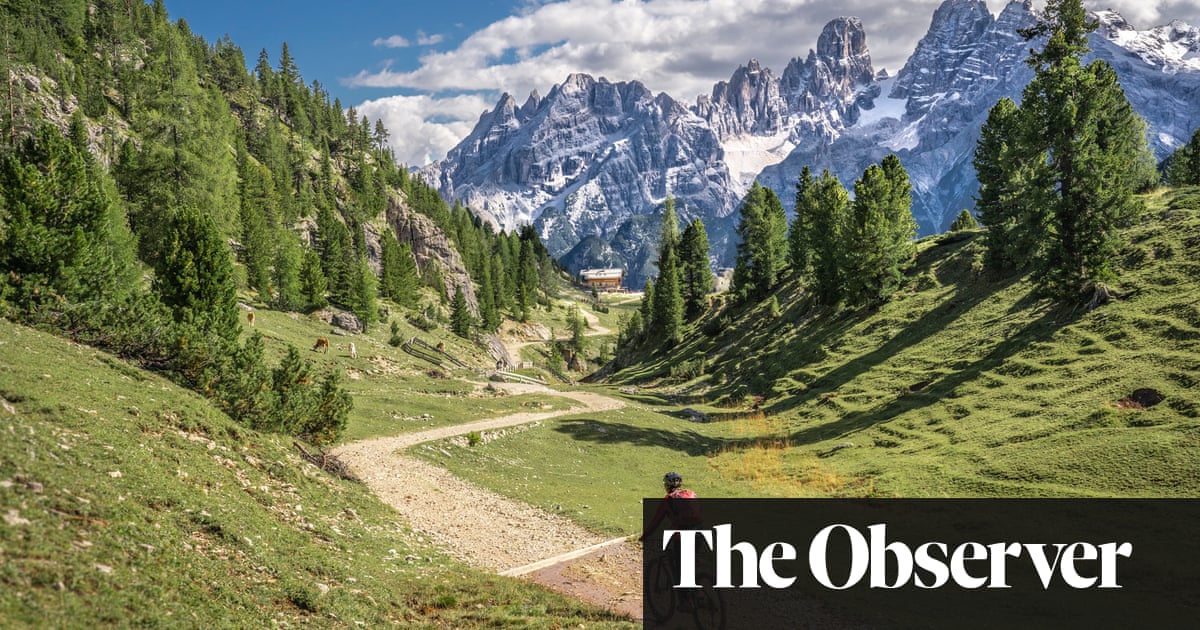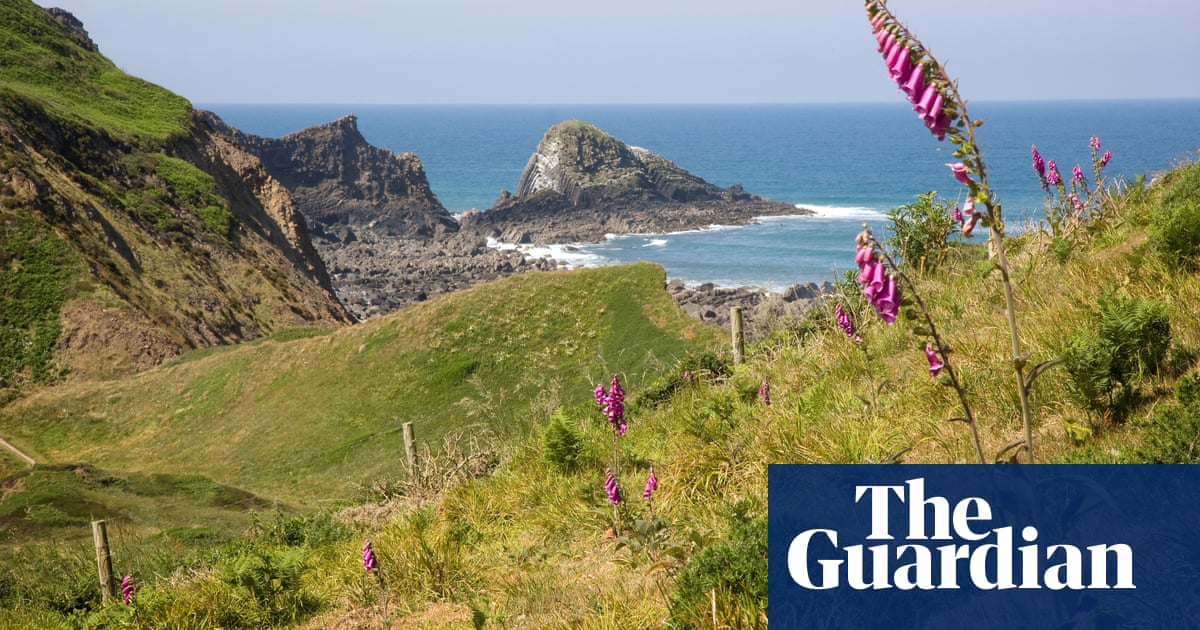
From sniffing dandelions to prodding frogspawn and chasing butterflies, young children are often automatically and unashamedly drawn to nature. Then a chasm opens. During adolescence, many declare wildlife boring, “icky” or uncool, while the allure of social networks and fast fashion intensifies, alongside mounting pressures to conform to the norms of increasingly nature-blind communities.
In an era of climate breakdown and ecological collapse, the teenage slump in connection to wild nature is not just unfortunate, it is deeply perilous. Right now, we need to be nurturing fierce, clued-up generations of young adults, equipped and empowered to fight tooth and claw for the biosphere that supports all our lives. The rewilding movement, with its proactive, hope-infused ethos, offers inspiration and practical solutions to reconnect teenagers with nature and inspire them to demand a wilder, healthier future.
Roots of the teenage nature gap
Research shows the teenage dip in nature connection is a global phenomenon. “In the battle for attention, nature doesn’t have an advertising budget,” explains Miles Richardson, professor of human factors and nature connectedness at the University of Derby and author of Reconnection. Richardson thinks today’s high-pressure secondary education systems may be part of the problem. In the UK, for instance, experts caution that biology – the subject that should, by definition, be most full of life – is increasingly dry, abstract and fact-driven.
Then there are the screens. In his recent book, The Anxious Generation, the social psychologist Jonathan Haidt argues that there are links between teens’ excessive screen time, on social media and gaming, and increased youth mental health challenges. But smartphones themselves can be only part of the problem. More time indoors and online must equate to less time spent outside amid nature – an activity proven by mounting research to bolster adolescents’ physical and mental wellbeing.
In short, it is time to counter what Haidt calls “the great rewiring of childhood” with “the great rewilding of youth”. Here are four ways we can do it and, in turn, safeguard our planet’s irreplaceable wild ecosystems for the benefit of many future generations to come.
1 Use technology to forge new nature connections
Lack of natural history knowledge, especially for children who have not been raised in nature-focused families or communities, is a major barrier to connection with the wild. And smartphones – core to most teenagers’ lives – can become tools to enhance nature awareness. The simple act of photographing living beings, be it a clump of moss or a flock of starlings, is a reminder to look more carefully. And for those keen to expand their knowledge, a range of apps, including Seek, use image recognition software to infer the identity of animals and plants in real time, and Merlin Bird ID is a powerful way to recognise and learn bird calls. Used carefully, these tools can expand our senses and help young people broker new links with the wild.
The Newcastle-based community interest company Wild Intrigue offers a range of inventively conceived “immersive wildlife experiences” to pique teen interest. These include dawn chorus silent discos that use headsets and directional microphones to connect audiences with nature’s symphonies.
For all its perils and distraction, social media also has the potential to make nature cool again and stimulate youth-led eco-activism across the globe. Mya-Rose Craig, aka Birdgirl, is a 21-year-old birdwatcher, author and activist who founded Black2Nature. She uses her blog and social accounts to share her palpable delight in birding, but also to advocate for equal access to nature and greater ethnic diversity in environmental fields.
2 Embrace the disorderly wild
While the prefix “re” may seem to imply a return, rewilding does not – and cannot – look back to recreate idealised past landscapes. Instead, it is forward-looking, exploratory and ultimately aimed at creating resilient, self-willed ecosystems fit for an unknown future. Much the same goes for human adolescence, a time when young people experiment, challenge the status quo and forge their distinctive adult identities. Teenagehood and rewilding should, therefore, be a natural fit.
Richardson believes we need a “paradigm shift” in our attitudes to nature. “The decline of biodiversity in the last 50 or 100 years has been overseen by people who had great freedom to explore the natural world, who might think they had a closer relationship,” he says, “But it has still declined.” The door is firmly open, therefore, for young people to broker new and distinctive relationships with nature.
And though the task of rewilding the world may seem incomprehensibly vast, young people should not doubt their capacity to make a contribution. Encouraging activities such as guerrilla seed bombing, night-time torch-free walks or unsupervised exploration of biodiverse spaces can, for instance, kindle the sense of agency needed to enable further action and activism.
The other crucial factor young people so often need is a sense of shared community. Ellen Bradley, 26, co-director of UK Youth For Nature (UKY4N), says the group exists to “empower young people to feel like they have a voice, they have something to give to the environmental movement, no matter who they are, no matter what their background is.” Zoology student Ramandeep Nijjar, 19, a UKY4N member, says: “We all uplift, inspire and motivate one another, so we bring positive change for nature together.” Fellow UKY4N member, artist Kirsty Lloyd, 24, agrees: “UKY4N made me realise that it is OK to be captivated by wildlife, in fact it’s a wonderful thing. Yes, everyone has different backgrounds and interests, but we all fall under the tree of wanting to make sure we have nature left in this country.” “Now I am radically hopeful,” adds Holly Gray, 23.
3 Know the wild can heal
While an alarming number of young people lack meaningful engagement with nature, surging rates of climate anxiety reveal many still care deeply about the environment. Research suggests that eco-anxiety can, however, sometimes prevent people from joining environmental causes. One way out of this fix may lie in taking concerted steps to spend more time in nature. A growing body of scientific studies are documenting precisely how and why exposure to nature, even within urban environments, can salve anxiety and bolster mental health in general.
“Working in wilderness is a very powerful tool,” says Jo Roberts, the chief executive of Wilderness Foundation UK, an organisation providing ecological education, environmental advocacy and wilderness therapy, focused on helping at-risk teens. “A lot of youngsters come to us completely cynical, jaundiced or traumatised,” Roberts says, “but we just need to turn the dial slightly and they’re off … noticing and talking about sounds and beauty and flowers and trees.”
Roberts recalls one especially wet and wild November trip to the Scottish island of Mull. Gathered under the stars, singing and dancing around the campfire, one youth told her “This is better than drugs!”
Roberts believes part of the transformative power of experiences of nature and wilderness stems from feelings of awe, which are readily elicited by the natural world. Research shows we can shift the focus of attention away from the self, reminding us that we’re part of a greater whole, leading to enhanced generosity, compassion and environmental awareness.
4 Remind young people of their revolutionary potential
On the inaugural Earth Day in 1970, 20 million Americans, mainly students and young people, took to the streets to fight nature’s corner. The protests worked, eventually triggering the formation of the US Environmental Protection Agency and several other significant pieces of pro-environment legislation.
More than half a century on, the need for concerted, organised environmental action has only become more critical. But just as biodiversity lends an ecosystem its power and resilience, today’s youth activists are keenly aware that it will take a diversity of campaigning approaches to meaningfully shift the needle on nature protection and rewilding.
In 2016, then aged 14, Amy Bray organised the UK’s first youth-led climate protest in London. Today she leads the environmental education charity Another Way. Bray salutes the righteous anger Greta Thunberg has injected into climate politics in recent years, “but that’s not my role”, she says.
Bray recounts facing mockery and bullying from her peers at school for voicing environmental concerns, while simultaneously being brushed aside by the school administration. In an attempt to ensure other young people avoid similar fates, Bray is launching the Power of 10 network, designed to provide teenage activists with the resources, community and inspiration needed for effective grassroots campaigning. The network’s name is a reference to the power of exponential growth. “If one person spreads a message to 10 people on one day and the next day those 10 people tell 10 others and so on, it would only take 10 days for the whole world to be inspired,” says Bray.
Just as social movements can spur accelerating change through collective action, rewilding initiatives have compounding positive effects on ecosystems, for the good of wildlife, climate and people. Young people the world over have a key role to play in shifting hearts and minds in order to make mass adoption of rewilding possible.
Ben Martynoga is the author of Rewild, the latest title in the award-winning Explodapedia non-fiction series, introducing older children and teenagers to the biggest ideas in science.












